INCLUSION ROUTINES
Almost all major changes flow from a series of minor changes. That’s why it’s perfectly okay – wise even – that initial changes feel almost ridiculously simple. At least you’re on your way. To succeed in including diversity, start by exposing ourselves to it. Inclusion routines serve as a tool to help out with just that.
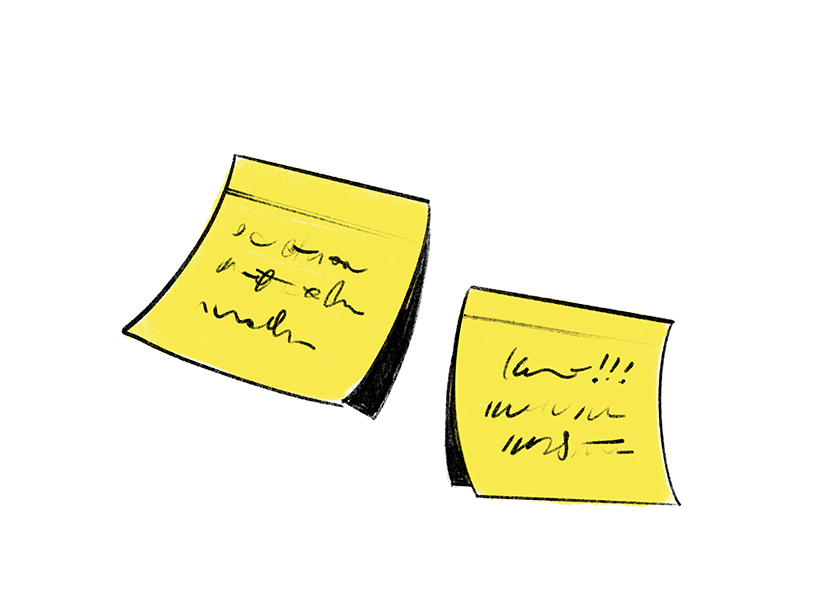
INCLUSION ROUTINES
MAKE IT EASY TO INCLUDE DIVERSITY
Inclusion routines require limited resources and can be implemented almost immediately. They are designed to help a team respect, include, and benefit from the amazing diversity of perspectives, personalities, skills, and experiences that already exist in a group, throughout the organization, or perhaps even outside it. Applied in specific situations, forums or decisions, these routines will increase the team’s ability to collaborate, their capacity for continuous renewal, and improve the accuracy of their work.
INCLUSION ROUTINES
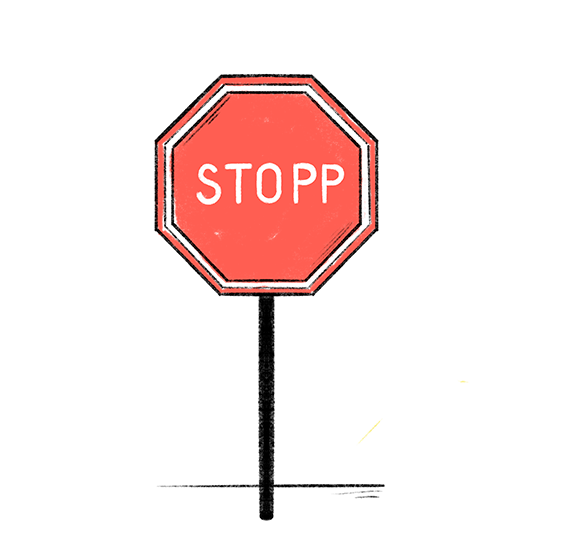
THE ”I DON’T AGREE” ROUTINE
Start each meeting by appointing a devil’s advocate. Their task is to challenge and question decisions, ideas, and analyses by taking a different position to accepted norms. Alternate who does this.
Effect: making “awkward” part of your approach helps teams to review their thoughts and decisions. It also means that nobody is reluctant to oppose a proposal or express disapproval – it’s the job after all. In addition, the routine helps to define a new normal where a team becomes accustomed to challenging existing beliefs and ways of thinking.

THE PERSPECTIVE SWAP ROUTINE
Let the newest group member, the youngest in the group, or someone with specialist knowledge who doesn’t usually say very much, express their opinion first when making decisions and generating ideas. Make sure the person is prepared for what will be discussed.
Effect: this routine creates space for people who don’t usually make their voices heard. If they can add new perspectives on how the team should approach a particular task, topic, or decision, others in the team are challenged to be open-minded, question current methods or processes, and promote open and cross-hierarchical communication. This routine also improves the self-confidence of young or new colleagues and creates greater willingness to take risks.

WILDCARDS
Include a different perspective to the one you currently have in your team by inviting colleagues who represent a fresh approach to your meetings, (remember the magical percentage?). Ideally, these people should not be involved in working on the project your team is working on or making decisions related to it. They’re there to contribute with their experience, ideas, and inspiration.
Effect: wildcards promote out-of-the-box thinking and can help you find new and innovative approaches. They also prevent you from getting stuck in silos, specialist areas, or similar.

THE EMPTY CHAIR
Put an empty chair in the room when you take decisions or brainstorm ideas. Let the chair serve as a reminder that you don’t know everything and that it may be that you lack perspectives that would have been valuable in terms of the specific issue you are discussing.
Effect: this routine forces you to examine which perspectives you lack and take them into account. And perhaps invite people with those perspectives to your next meeting.
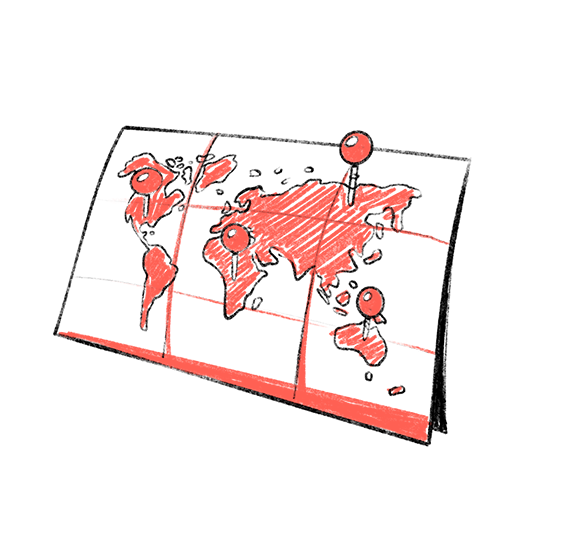
THE WORLD MAP
Hang up a world map in your office. When you talk to a colleague from a geographical region other than your own, mark that region with a pin on the map.
Effect: the map serves as a reminder to actively seek perspectives from geographical regions other than your own. This also helps you identify where you lack perspectives and where you may not be as engaged as often as you should be.

Check-ins
Make a habit of starting weekly meetings with a team check-in. This means that each member of the team can say a few words about what they are thinking about and therefore need to put aside to be fully “present” in the meeting. Thoughts can be about people’s private or professional lives.
Effect: this routine makes it possible for all of you to be present and to be seen and heard. Check-in creates presence, focus, and group engagement. As you all gradually find out more about your colleagues’ lives and work situations, empathy and understanding within the group grows.
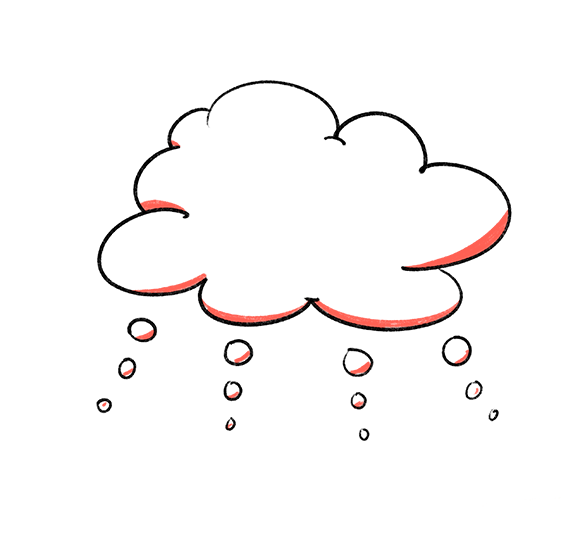
COLLECTIVE REFLECTION
Instead of bringing up a problem and running the risk of someone immediately shouting out their suggested solution, let everyone in the group think about the problem and write down their thoughts on paper in silence. Then each person can read out exactly what they have written down, without being interrupted. Lastly, the moderator summarizes what the group as a whole has said.
Effect: this simple technique gives everyone the opportunity to think without being influenced by the first person to speak and captures opinions that risk being pushed aside because someone feels uncomfortable about disagreeing with what has already been said. What’s more, this routine allows introverted thinkers to share their ideas and perspectives inclusively.
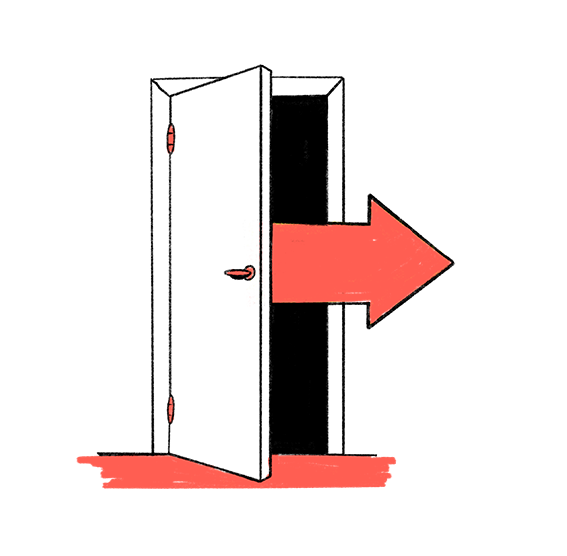
Check-outs
Make a habit of ending important meetings with a team check-out. Have everyone in the team share something they can check out with, either in turn around the table or at random. It can be a feeling, a reflection, their most important takeaway from the meeting, something that stood out or similar.
Effect: Check-out emphasizes reflection and is a symbolic and unifying way to round off a meeting. It also lets the team know what the discussions and decisions have meant to each participant.
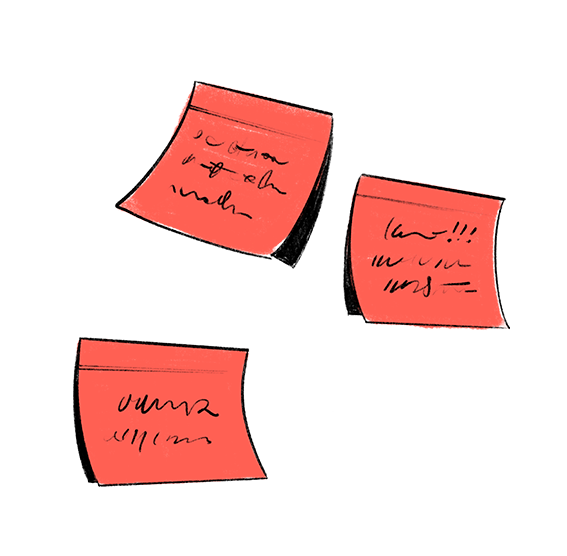
THE WRITE/VOTE ROUTINE
To get around the problem that people tend to value consensus within a team more than well-grounded decisions, use the following routine in important decision-making meetings:
1. All participants are given five minutes to write down their ideas relating to the decision on paper, and in silence.
2. Everyone gets a further two minutes to select one or two ideas from their lists.
3. Everyone shares these ideas on a board without feedback.
4. Everyone is given five minutes to reflect on all ideas presented and vote on the one they like the most. Their choice is written on a piece of paper, which serves as their vote.
5. Votes are counted. Those who wish to do so can provide a brief explanation about why they chose the idea they did, but nobody is allowed to change their vote.
6. The project leader – not the group – decides which idea is selected. Their decision does not have to be the same as the idea that won most votes from group members.
Effect: the fact that you brainstorm ideas and vote in silence reduces the risk of people being affected by each other’s opinions. The project manager has the final mandate to make decisions but has been given the opportunity to be influenced by all project participants.
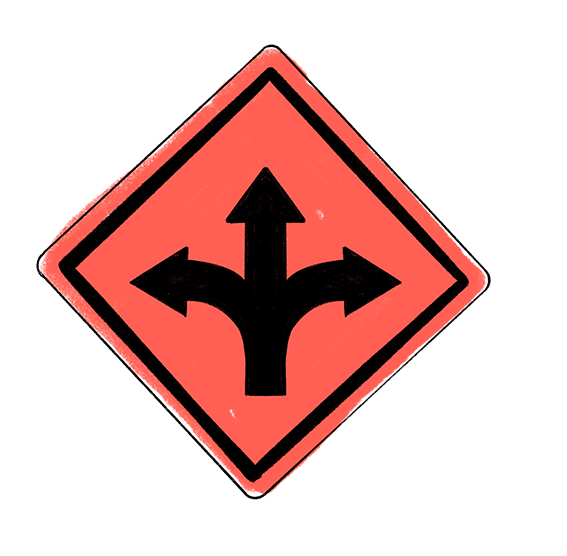
THE “VANISHING OPTIONS” TEST
The decision-making process can sometimes be characterized by impatience, which means that you risk missing out on solutions that could lead to even better decisions. Therefore, use a mental trick based on asking the question: If we did not choose one of the options we are currently considering, what would we do then? Do it through collective reflection (see far left of this page).
Effect: this routine means that you take the time to investigate more alternative solutions. For example, if you want to expand your business to a new region, it could sound like this: “What would happen if we could not invest in region X? Where would we put our resources then?” It may make you consider investing in another region, or perhaps make improvements to your current location. The most important thing is that you get the opportunity to raise alternatives that otherwise would not have been mentioned.
COMING SOON
No submitted inclusion routines yet.